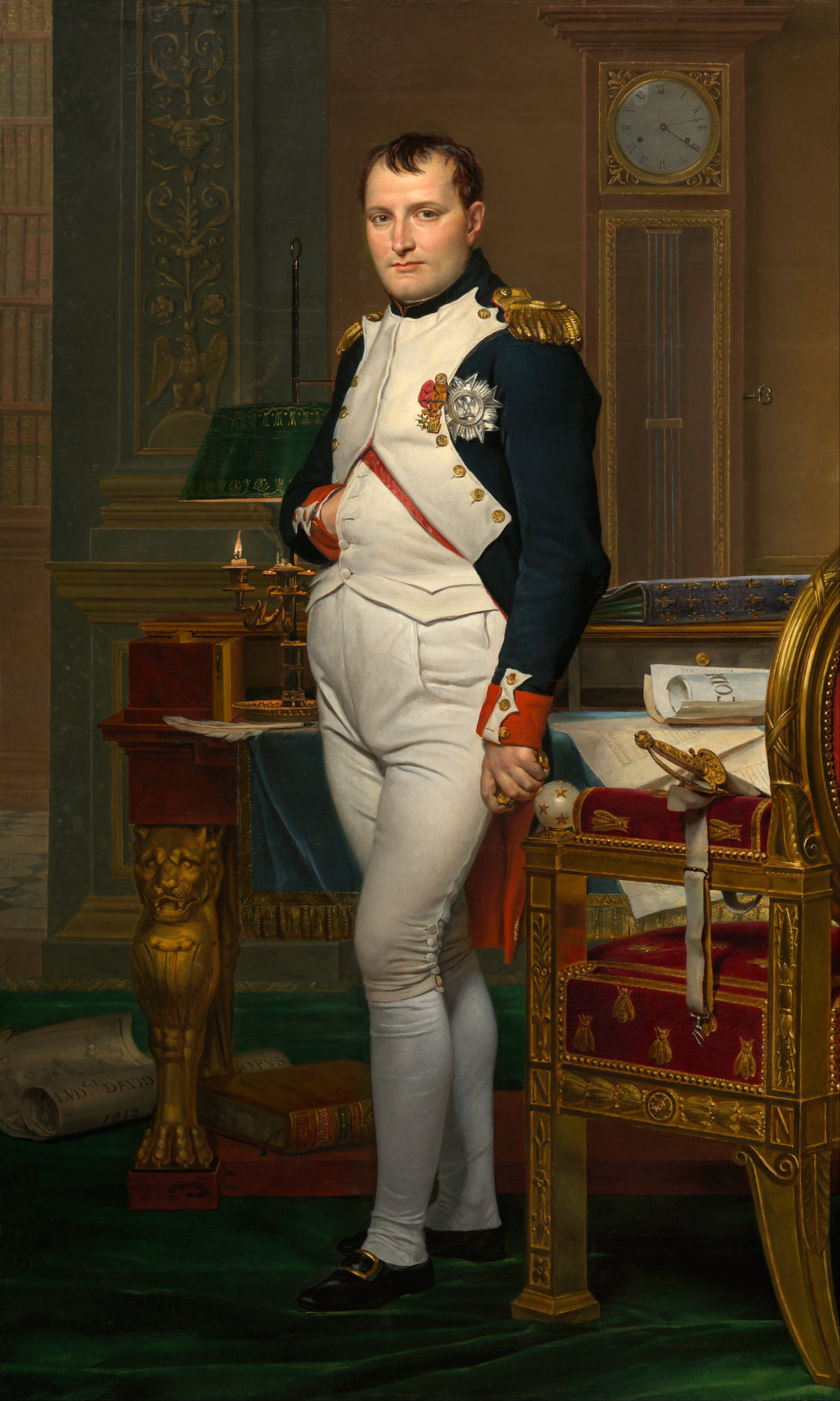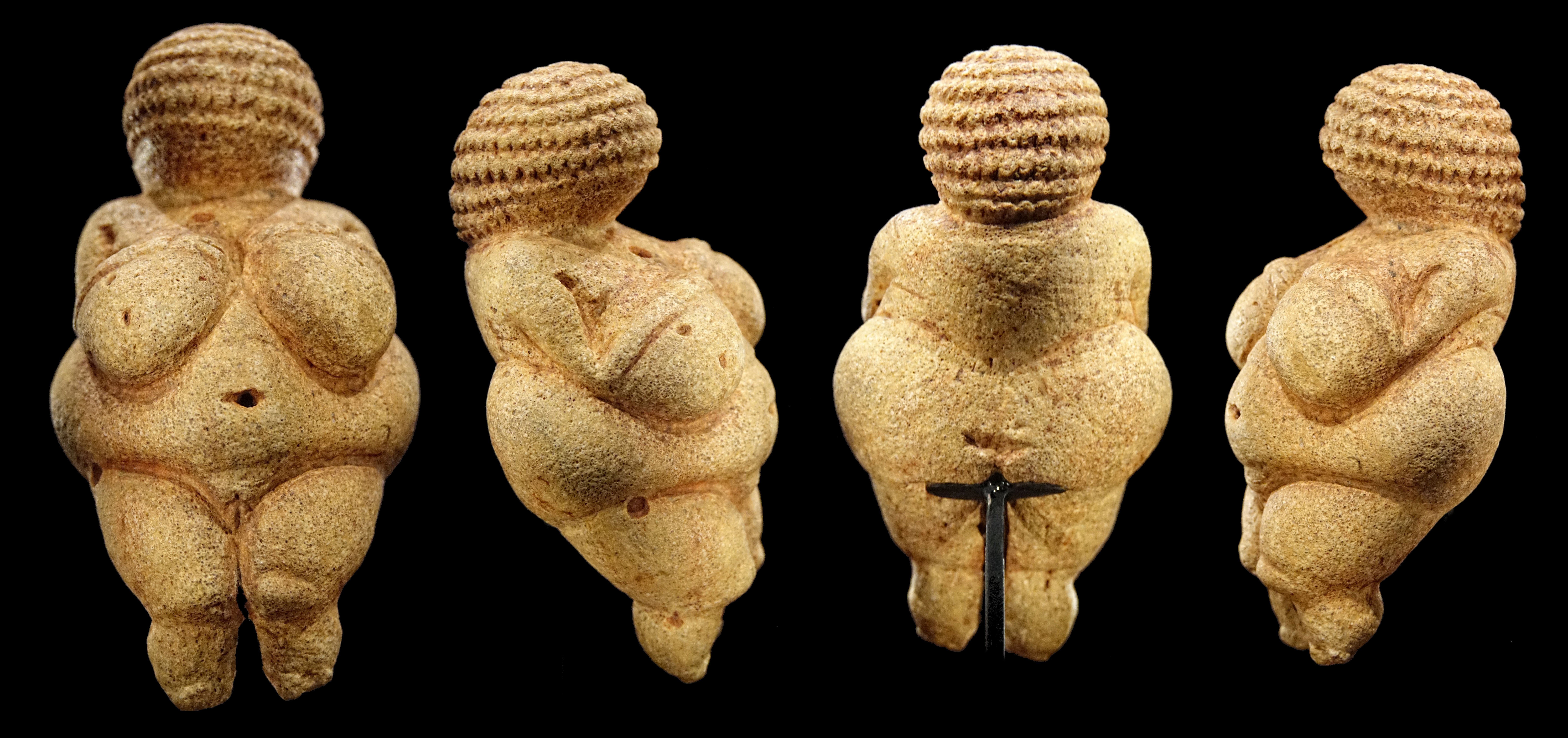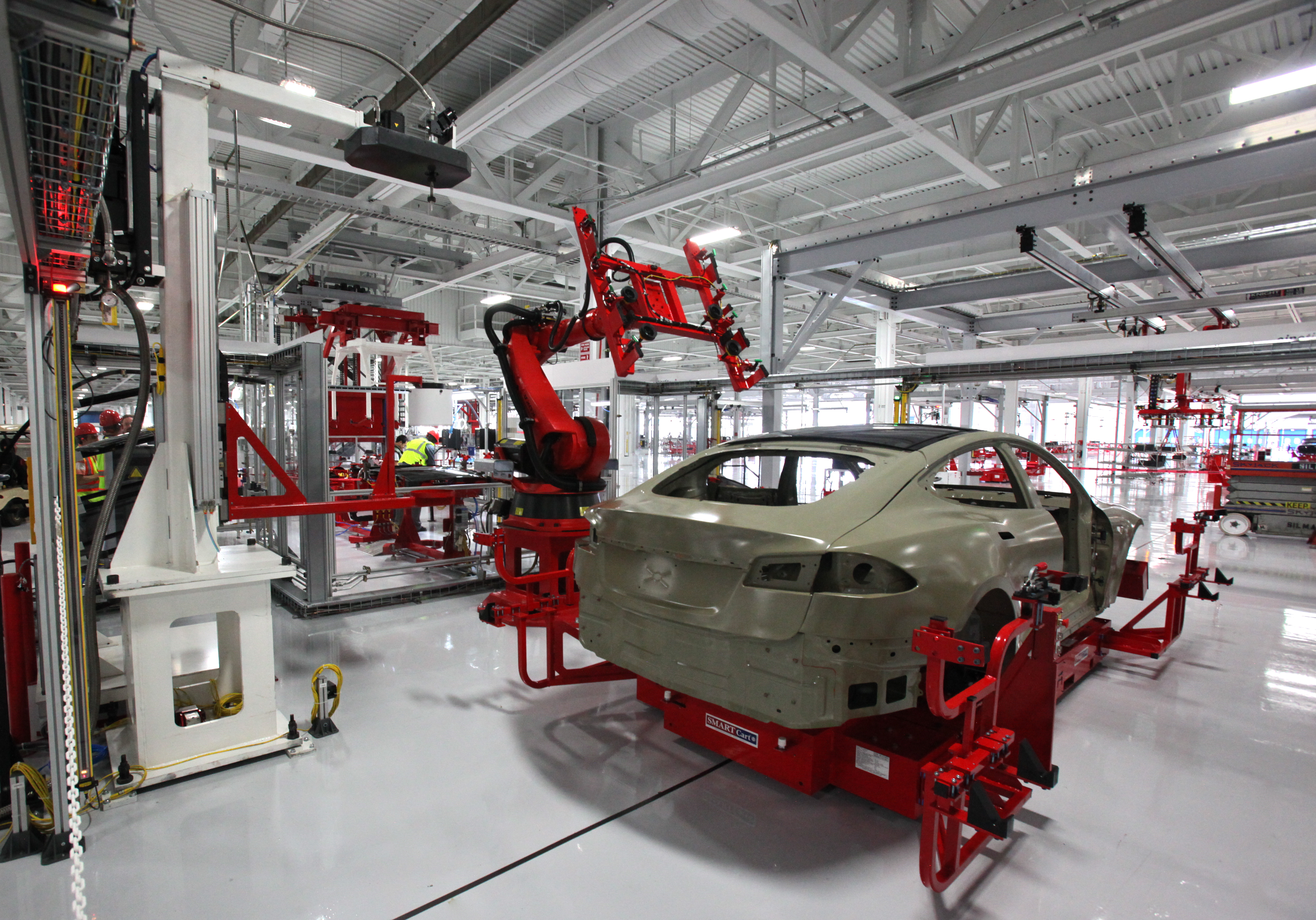|
Hutschenreuther
Hutschenreuther is the name of a German family that established the production of porcelain in northern Bavaria, starting in 1814. History The Hutschenreuther porcelain business was founded in 1814 by Carolus Magnus Hutschenreuther (1794–1845) in Hohenberg an der Eger, Bavaria, Germany. He had previously worked at the Wallendorf porcelain manufactory in Lichte (Wallendorf). After his death in 1845, the factory was headed by his widow, Johanna Hutschenreuther, and her two sons. A large part of the factory was destroyed by a fire in 1848, but it was rebuilt. From 1860, they produced hand-painted and gilded porcelain products. Lorenz Hutschenreuther, Selb In 1857, Lorenz Hutschenreuther, the elder son of Carolus Magnus Hutschenreuther, established a porcelain factory in Selb. They expanded from 1902 to 1969 and were named ''Porzellanfabriken Lorenz Hutschenreuther AG Selb'' (Lorenz Hutschenreuther Porcelain Factories Company, Selb). Hutschenreuther acquired the followin ... [...More Info...] [...Related Items...] OR: [Wikipedia] [Google] [Baidu] |
Carolus Magnus Hutschenreuther
Carolus Magnus Hutschenreuther (9 April 1794 – 10 November 1845) was a German industrialist and the founder of the C.M. Hutschenreuther Porcelain Factory in Hohenberg an der Eger, Bavaria. Early years Carolus Magnus Hutschenreuther was born in Lichte (Wallendorf), Thuringia, the 15th child of Johann Heinrich Hutschenreuther, a porcelain painter and owner of the Wallendorf Porcelain Manufactory. He earned his living selling porcelain items such as pipe-bowls and so-called Turkish cups in eastern Bavaria and especially in the spa towns of Bohemia. In 1814, Hutschenreuther discovered deposits of kaolin, used to make fine white porcelain, near the River Eger, and decided to manufacture porcelain himself in Hohenberg,Theodor Bohner, ''Der ehrbare Kaufmann: vom Werden und Wirken deutscher Wirtschaft'', Hamburg: Meiner, 1956p. 112 where a relative of his, Ernst Ludwig Reuß, was chief forester. Reuß made space available to him in Hohenburg Castle, and he began painting po ... [...More Info...] [...Related Items...] OR: [Wikipedia] [Google] [Baidu] |
Lichte
220px, Wallendorfer Porcelain Manufacture, Oct. 2006 220px, Leibis-Lichte Dam, 102.5 m high Lichte is a village and a former municipality in the district of Sonneberg in Thuringia, Germany, close to the Thuringian Rennsteig. Formerly in the district Saalfeld-Rudolstadt, it is part of the town Neuhaus am Rennweg since January 2019. Geography Lichte is located between the towns of Saalfeld (to the north), Oberhof / Ilmenau (northwest) and Sonneberg / Coburg (south) at an altitude of 600 m (NHN), in the centre of the Thuringian Highlands / Thuringian Forest Nature Park. Distinctive sign of Lichte is the railway viaduct established in 1909 (see picture right). It is a typical Thuringian Forest village, reaching far into the valleys of the Lichte River and of its tributary the Piesau. Both of these feed one of the biggest Thuringian drinking water reservoirs, Leibis-Lichte, with the Deesbach Forebay close to the northern end of the village (in Geiersthal). The Lic ... [...More Info...] [...Related Items...] OR: [Wikipedia] [Google] [Baidu] |
Rosenthal (company)
Rosenthal GmbH is a German manufacturer of porcelain products and other household goods. The original firm was founded in 1879 in Selb, Bavaria. Since 2009, Rosenthal has been owned by the Italian company Sambonet Paderno Industrie (Arcturus Group). History Rosenthal was originally founded in 1879 as a family business. The founder, Philipp Rosenthal, moved his porcelain painting from Werl in North Rhine-Westphalia to Selb in Bavaria, where he industrialized in the castle Erkersreuth with his painting workshop. In 1897, Philipp Rosenthal founded the company Bauer, Rosenthal & Co. in Kronach, as well as Philipp Rosenthal & Co. AG. In 1908, Rosenthal bought the porcelain manufacturer Thomas in Marktredwitz, and the porcelain company Zeidler & Co. in 1917. In 1921, the company took over the Krister Porzellanmanufaktur in Wałbrzych, Silesia. The factory was closed in 1945, but the brand was revived in 1951 and used until 1971. In the period of national socialism, Philipp R ... [...More Info...] [...Related Items...] OR: [Wikipedia] [Google] [Baidu] |
Wallendorfer Porzellan
Wallendorfer Porzellan or Wallendorf Porcelain is a porcelain manufacturing company which has been in operation since 1764 in Lichte (Wallendorf) in the Thuringian Highlands. Wallendorf is one of the oldest porcelain trademarks in Germany and the whole of Europe. Beginnings In the 18th century the territory of Lichte (Wallendorf) was located in two different principalities with the Lichte river forming the border. On the west bank was Schwarzburg-Rudolstadt and on the east bank Saxe-Coburg-Saalfeld. In 1761, almost 50 years after the invention of porcelain manufacturing by Ehrenfried Walter von Tschirnhaus and Johann Friedrich Böttger, Johan Wolfgang Hammann from Katzhütte applied to the house of Scharzburg-Rudolstadt for the concession of porcelain manufacturing. Unfortunately, only three days previously this concession had been granted to Heinrich Macheleid in Sitzendorf, so Hamman’s request had to be rejected. However, he did not give up his dream. One year late ... [...More Info...] [...Related Items...] OR: [Wikipedia] [Google] [Baidu] |
Hohenberg An Der Eger
Hohenberg an der Eger is a town in the district of Wunsiedel, in Upper Franconia, Bavaria, Germany. It is situated on the river Eger, on the border with the Czech Republic, 11 km west of Cheb, and 14 km northeast of Marktredwitz. It was home to Hutschenreuther ceramic. Though best known for its ceramic production, Hohenberg has also produced some of Bavaria's elite soccer talent. Mauricio Göhlert played for the youth teams of SpVgg SV Weiden and Borussia Mönchengladbach before signing with SV Mitterteich SV, Sv, sv, etc. may refer to: Places and language * El Salvador, ISO 3166-1 country code SV * South Vietnam, an extinct state * Svalbard, Norway, FIPS country code SV * Swedish language, ISO 639-1 language code sv * Silicon Valley, a region in n ... in 2013.
|
Porcelain Manufacturing Companies In Europe
Porcelain manufacturing companies are firms which manufacture porcelain. European porcelain manufacturers before the 18th century The table below lists European manufacturers of porcelain established before the 18th century. This table may be sorted according to the year of foundation, description and country. 18th-century European porcelain manufacturing companies The table below lists European manufacturers of porcelain established in the 18th century. This table may be sorted according to the year of foundation, description and country. }; defunct as of 2011 , --- , , 1793, , Mintons, , Stoke-on-Trent, , England, , United Kingdom , --- , , 1794, , Thun 1794, , Klášterec nad Ohří, , Czech Republic, , Chomutov District , --- , , 1794, , Königlich privilegierte Porzellanfabrik , , Tettau, , Germany, , Bavaria , --- 19th-century European porcelain manufacturing companies The table below lists European manufacturers of porcelain established in the 19th century. This table ... [...More Info...] [...Related Items...] OR: [Wikipedia] [Google] [Baidu] |
Tirschenreuth
Tirschenreuth ( Northern Bavarian: ''Dirschnrad'', ''Diascharad'') is the capital city of the district of Tirschenreuth. It is located in the northeast of Bavaria, very close to the Czech-Bavarian border. Geography Tirschenreuth is located in the north of Upper Palatinate administrative region, around 75 miles north of Regensburg and 35 miles east of Bayreuth. Incorporations The following villages were incorporated in Tirschenreuth * Großklenau * Kleinklenau * Brunn * Gründlbach * Haid * Höfen * Hohenwald * Kleinkonreuth * Lengenfeld * Lohnsitz * Marchaney * Matzersreuth * Mooslohe * Pilmersreuth a. d. Straße * Pilmersreuth a. Wald * Rosall * Rothenbürg * Sägmühle * Wondreb * Wondrebhammer * Zeidlweid * Ziegelhütte History Until the German Mediatisation in 1803, Tirschenreuth was part of the possessions of the Cistercian Abbey Waldsassen. It received its town charter from Waldsassen's abbot Johann V. in 1364. Originally the Waldsassen Abbey and its pos ... [...More Info...] [...Related Items...] OR: [Wikipedia] [Google] [Baidu] |
German Brands
German(s) may refer to: * Germany (of or related to) **Germania (historical use) * Germans, citizens of Germany, people of German ancestry, or native speakers of the German language ** For citizens of Germany, see also German nationality law **Germanic peoples (Roman times) * German language **any of the Germanic languages * German cuisine, traditional foods of Germany People * German (given name) * German (surname) * Germán, a Spanish name Places * German (parish), Isle of Man * German, Albania, or Gërmej * German, Bulgaria * German, Iran * German, North Macedonia * German, New York, U.S. * Agios Germanos, Greece Other uses * German (mythology), a South Slavic mythological being * Germans (band), a Canadian rock band * "German" (song), a 2019 song by No Money Enterprise * ''The German'', a 2008 short film * "The Germans", an episode of ''Fawlty Towers'' * ''The German'', a nickname for Congolese rebel André Kisase Ngandu See also * Germanic (other) ... [...More Info...] [...Related Items...] OR: [Wikipedia] [Google] [Baidu] |
German Families
German(s) may refer to: * Germany (of or related to) **Germania (historical use) * Germans, citizens of Germany, people of German ancestry, or native speakers of the German language ** For citizens of Germany, see also German nationality law **Germanic peoples (Roman times) * German language **any of the Germanic languages * German cuisine, traditional foods of Germany People * German (given name) * German (surname) * Germán, a Spanish name Places * German (parish), Isle of Man * German, Albania, or Gërmej * German, Bulgaria * German, Iran * German, North Macedonia * German, New York, U.S. * Agios Germanos, Greece Other uses * German (mythology), a South Slavic mythological being * Germans (band), a Canadian rock band * "German" (song), a 2019 song by No Money Enterprise * ''The German'', a 2008 short film * "The Germans", an episode of ''Fawlty Towers'' * ''The German'', a nickname for Congolese rebel André Kisase Ngandu See also * Germanic (other) * German ... [...More Info...] [...Related Items...] OR: [Wikipedia] [Google] [Baidu] |
19th-century Establishments In Bavaria
The 19th (nineteenth) century began on 1 January 1801 ( MDCCCI), and ended on 31 December 1900 ( MCM). The 19th century was the ninth century of the 2nd millennium. The 19th century was characterized by vast social upheaval. Slavery was abolished in much of Europe and the Americas. The First Industrial Revolution, though it began in the late 18th century, expanding beyond its British homeland for the first time during this century, particularly remaking the economies and societies of the Low Countries, the Rhineland, Northern Italy, and the Northeastern United States. A few decades later, the Second Industrial Revolution led to ever more massive urbanization and much higher levels of productivity, profit, and prosperity, a pattern that continued into the 20th century. The Islamic gunpowder empires fell into decline and European imperialism brought much of South Asia, Southeast Asia, and almost all of Africa under colonial rule. It was also marked by the collapse of the large S ... [...More Info...] [...Related Items...] OR: [Wikipedia] [Google] [Baidu] |
Ceramics Manufacturers Of Germany
A ceramic is any of the various hard, brittle, heat-resistant and corrosion-resistant materials made by shaping and then firing an inorganic, nonmetallic material, such as clay, at a high temperature. Common examples are earthenware, porcelain, and brick. The earliest ceramics made by humans were pottery objects (''pots,'' ''vessels or vases'') or figurines made from clay, either by itself or mixed with other materials like silica, hardened and sintered in fire. Later, ceramics were glazed and fired to create smooth, colored surfaces, decreasing porosity through the use of glassy, amorphous ceramic coatings on top of the crystalline ceramic substrates. Ceramics now include domestic, industrial and building products, as well as a wide range of materials developed for use in advanced ceramic engineering, such as in semiconductors. The word "''ceramic''" comes from the Greek word (), "of pottery" or "for pottery", from (), "potter's clay, tile, pottery". The earliest known men ... [...More Info...] [...Related Items...] OR: [Wikipedia] [Google] [Baidu] |
Manufacturing Companies Established In 1814
Manufacturing is the creation or production of goods with the help of equipment, labor, machines, tools, and chemical or biological processing or formulation. It is the essence of secondary sector of the economy. The term may refer to a range of human activity, from handicraft to high-tech, but it is most commonly applied to industrial design, in which raw materials from the primary sector are transformed into finished goods on a large scale. Such goods may be sold to other manufacturers for the production of other more complex products (such as aircraft, household appliances, furniture, sports equipment or automobiles), or distributed via the tertiary industry to end users and consumers (usually through wholesalers, who in turn sell to retailers, who then sell them to individual customers). Manufacturing engineering is the field of engineering that designs and optimizes the manufacturing process, or the steps through which raw materials are transformed into a final product. T ... [...More Info...] [...Related Items...] OR: [Wikipedia] [Google] [Baidu] |





